07Jun
Sunday
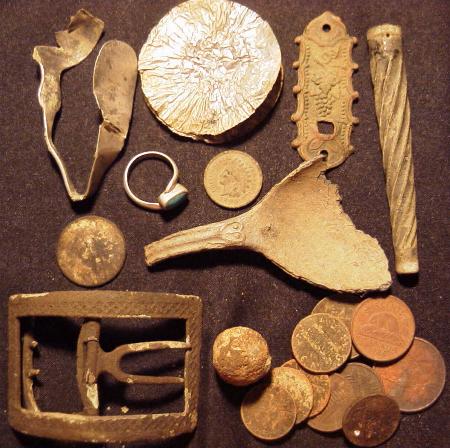
I think the curly thing is a cane tip.
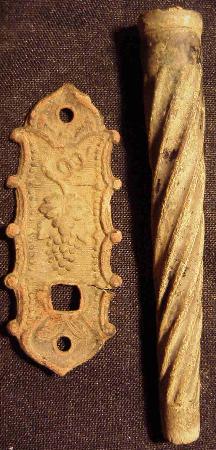
1896 US cent
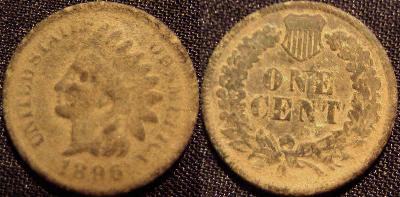
Silver ring
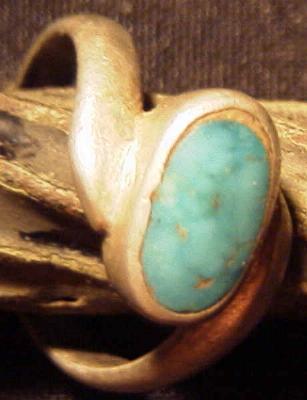
Boot buckle
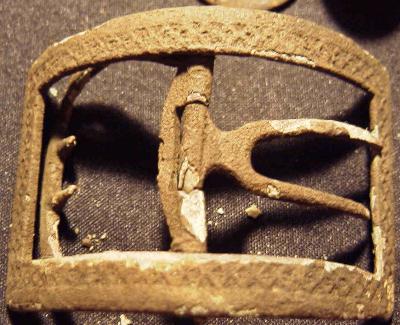
Tuesday
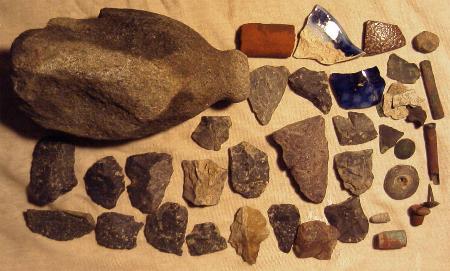
Another strange artifact. Fishing weight maybe?
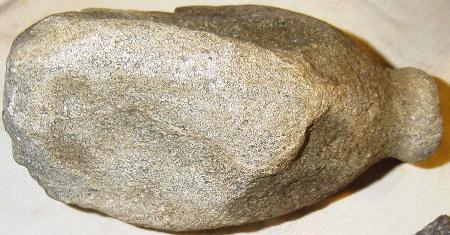
Red granite spear tip
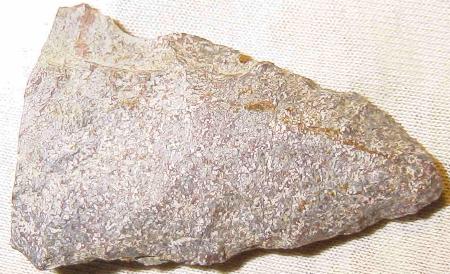
Nice colors
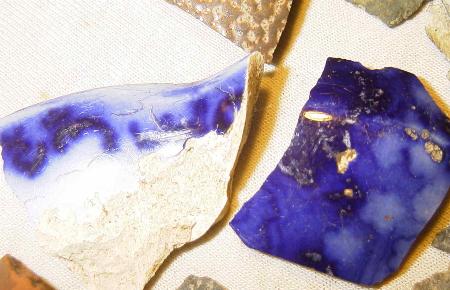
Button and thumb tack. The tack was sitting on the surface pointy side up. If I didn't have the detector, my boot would now have a leak.
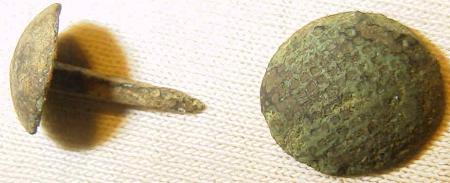
Wednesday
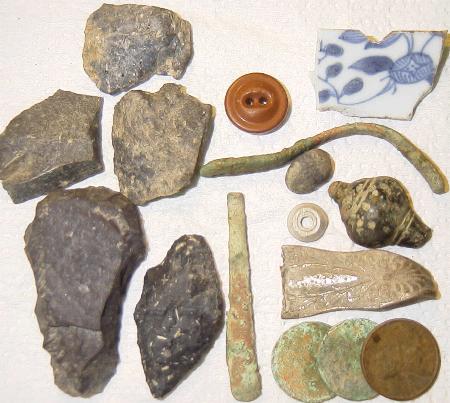
Woohoo... I don't find many complete pieces.
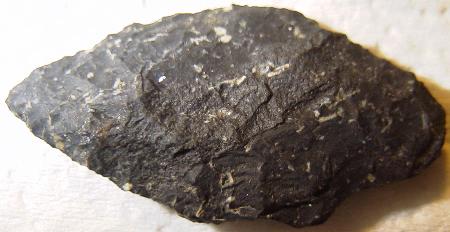
This looks like something that never got finished.
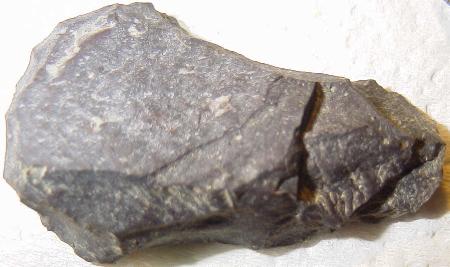

I think the curly thing is a cane tip.

1896 US cent

Silver ring

Boot buckle

Tuesday

Another strange artifact. Fishing weight maybe?

Red granite spear tip

Nice colors

Button and thumb tack. The tack was sitting on the surface pointy side up. If I didn't have the detector, my boot would now have a leak.

Wednesday

Woohoo... I don't find many complete pieces.

This looks like something that never got finished.

0
Comments
G.
I loaded up my bag for a full days hunt in the deep woods.
Munchies, a drink, bug spry, shovel, small digging tool,head net, gloves, spare headphones, batteries, plastic bags, paper towels, etc.. I dragged my camera along, and exactly what I had feared, happened. The strap on the tote bag broke and the bag fell off my back. The camera survived. That was close.
The second target( the first was a crusty IHC).
Here it is, fresh out of the dirt.
1876 CC US dime. My first CC.
Two more hours and the only other target was the strange button in the bottom right of this picture.
Nature taking over.
Edited to add a button that I thought was a generic small flat. When I cleaned it I found that I made the Albert book again.
PC6 Early 1800s RV10
I havent even found a wheatie... and supposedly im in a god spot for old coins...
All in fun man... all in fun... congrats.
The complete point resembles early Adena points found here.
The strange stone could be a net weight. They are almost always very crude, but yours I would call very highly refined.
Most are nothing more than a thin slab of rock with two notches knocked out of it so it could be hafted to the net.
Great pics from the woods! Love the CC!
Wednesday
IX:XXIIII? I think they got a couple numbers wrong.
1846 US cent
Small convex one piece button
I think I stumbled upon someones mid 1800s target practice remnants.
Other than the lead, both days were almost identical. Notice the other half of the large square nail.
1847 US cent
More buttons
The 1846 US cent looks to be in great condition, how far down was it? I like the time piece! Unless I'm not seeing it as clearly as you can the numbers look right to me. Unless I've forgotten more latin than I thought I had? lol
The 46 was around six inches and read the same as a shotgun shell. Maybe slightly on edge. The 47 was at less than three and must have been flat. Rang as a half and was loud.
As for the toy clock face, I've seen 4 as IIII before, but usually see IV. 6 is supposed to be VI.
Metal and misc..
Black glass button and a trade bead that I forgot to put in the pointy rock picture.
Some kind of furniture decoration.
Silver plated shoe buckle.
1846 large cent, 1867 nickel, 1881 IHC.
Clay pipe stem. Anyone ever find a complete pipe?
A whatzit. I'm told it's part of an old musket.
I only got two hours of dirt time this weekend. Most of the stuff is from the 17th.
Got a 62D US dime in change from Dunkins this morning.
Look at this link:
http://www.thefurtrapper.com/trade_beads.htm
Also:
http://www.picardbeads.com/trade_beads1.html
Jerry
Your clockface token... what's the other side look like? I think there was a Hard Times token with that design.
<< <i>Clay pipe stem. Anyone ever find a complete pipe? >>
Not quite. I have two complete pipe bowls, one Rev War and one Civ War. The stems probably wouldn't survive ground burial, though intact ones do come off shipwrecks. It's rare enough to find a complete bowl. Actually, the Civ War pipe bowl I have is "complete", in a sense- it must've had interchangeable stems.
<< <i>A whatzit. I'm told it's part of an old musket. >>
That's plausible as a piece of gun furniture. It could also be a piece of furniture furniture.
I hate you too, at least until I get a chance to visit up there.
Collector since 1976. On the CU forums here since 2001.
I'll make a stab at the plumb-bob item you've found. First off, who told you it might be a musket part? Did they say what part of a musket it came off of? I'm curious as to why they thought that.
The item looks similar to an item that is oft-times found at mission era CA sites (1810s to 1830s). We've come to call them "indian pendants", because they turn up in contact-period indian sites, that would've had trading going on with the incoming Europeans. It is a known fact that the Spanish brought "trade items" with them ..... items that had no other purpose than simply to trade with the indians, and dazzle them, perhaps into coming into the mission system. Seems silly now, but remember, the indians here had no refined metal, so anything metal was of value to them. Cargo manifests that survive in history books, will list things like '3 crates of indian trade items" also described as "trinkets" in other places. Ship was the only way to bring up larger amounts of cargo from the old world, so for a long time, say.... prior to the 1840s, metal and manufactured goods were scarce here, as ships were sometimes infrequent in supplying the upper CA missions. Indians were plyed by the padres to join the mission system, hence gifts, trade items, etc...
Anyhow, we've concluded that these plumb-bob thingies were just such an item. They appear to have no other purpose, in terms of being some sort of mechanism for any working item. Simply a decoration. I've also heard that these adorned the shawls of bare-back horse riders. Like dingle-bobs hanging off each side of the horse's shall (western saddle wasn't introduced here till the americans came in in the 1840s). This theory could also be true, as well as the indian trade item theory, as they could've used them for multiple purpose/decorations.
They come in different styles, but all have similarities. There's the simple "bell-clapper" style, which looks like, at first glance, a bell-clapper. But years ago, when we'd first find these around mission era sites, and assume they were bell-clappers, we'd also notice "where are the bells then?" (we'd find few, if any, bells, at least not in the proportion of these clappers), so we concluded they were not bell-clappers afterall. Others are more ornate.
Here's a pix of some of the types out here from CA. Yours is different though: fatter body, and square loop part on the top. So maybe it's not what we're finding here in CA?
The only other thing I can add is that all the ones in this pix (aside from the clapper one) have a slightly indented back side. Kinda concave sorta. What is the back-side of yours like? If you need me to post a pix of the back-side of mine, let me know.
I'll try to post the pix in the next post. Seems that the forum is telling me I have to be logged in first, to post pix?
A friend, that has been hunting this area for twelve years, mentioned that it was part of an early musket. The only thing I can find that's even remotely close is a decorative piece that goes in front of the trigger guard.
I originally thought it was some type of measuring spoon, but the musket theory fit better because of the site and what has been found there. Militia buttons(Ma and NH), early 1800s eagle buttons, boot buckles, musket balls(large and medium), coins from 1730 to 1876, etc..
I haven't found any native artifacts or furniture parts in this field that gets turned yearly.
I found an identicle complete piece on a different site that had hundreds of musket balls, but also had many furniture parts. See this post.
I look forward to seeing your pics.
posting this pic for Tom:
We may still have an East/West connection. Those look familiar. I'll have to dig through my whatzit boxes.
I enjoy the peace and quiet of the woods as long as the weather is cool and the bugs are sleeping. Sometimes I get lucky and hit a hot spot, sometimes I find hunter's drops, and the other 95% of the time I find nuttin' but bullets.
There are six different sites in this thread. Only two are woods. If you look at the first woods picture you'll see a stone bound. These tell me that one side or the other used to be a crop field before nature reclaimed the dirt. At this site I picked the correct side and was lucky enough to also find remnants of a house that was abandoned in the mid to late 1800s.